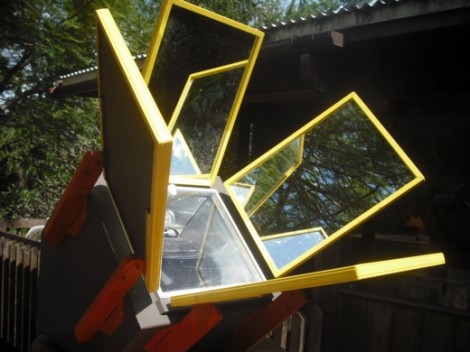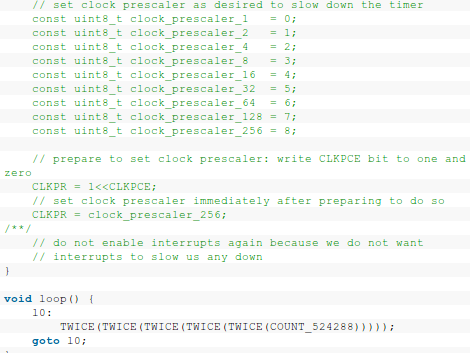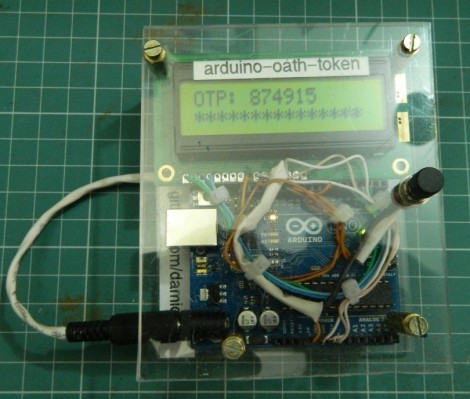The problem with most solar ovens is that they’re flimsy builds that will stand up to only a handful of uses. But this one stands apart from that stereotype. It’s big, sturdy, and used a lot of math to efficiently gather the sun’s energy when cooking food.
This is the third version of the build and each has included many improvements. The obvious change here is a move from aluminum reflectors to actual mirror reflectors. These attach at a carefully calculated angle to get the most power from the rays they are redirecting. The orange mounting brackets for the mirrors also serve as a storage area for transport. The rectangular reflectors fit perfectly between them (stacked on top of the tempered glass that makes up the transparent side of the cooking chamber).
The body of the oven doesn’t track the sun and one of the future improvements mentions adding tilt functionality to the base. We’d suggest taking a look at some of the solar tracking setups used for PV arrays.
[Thanks John]

















